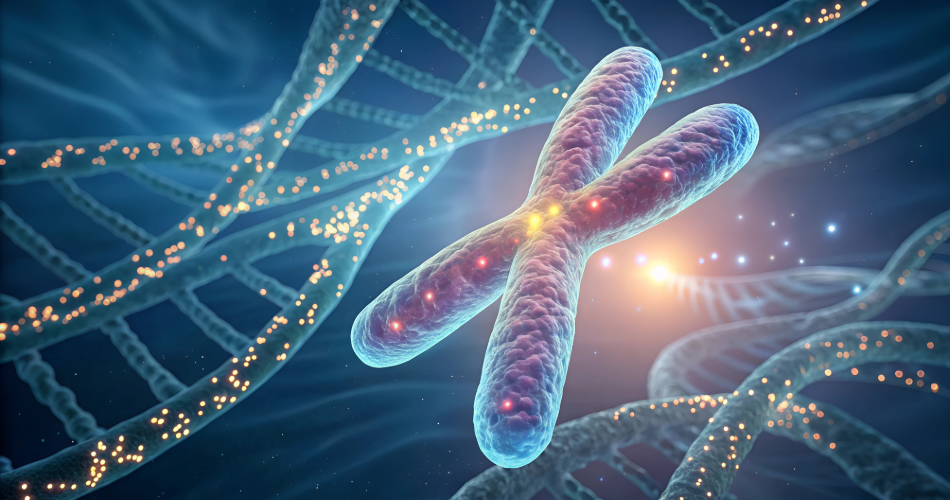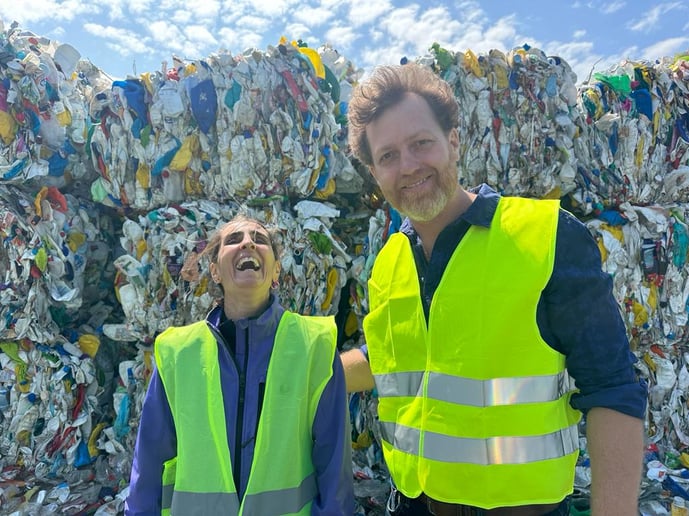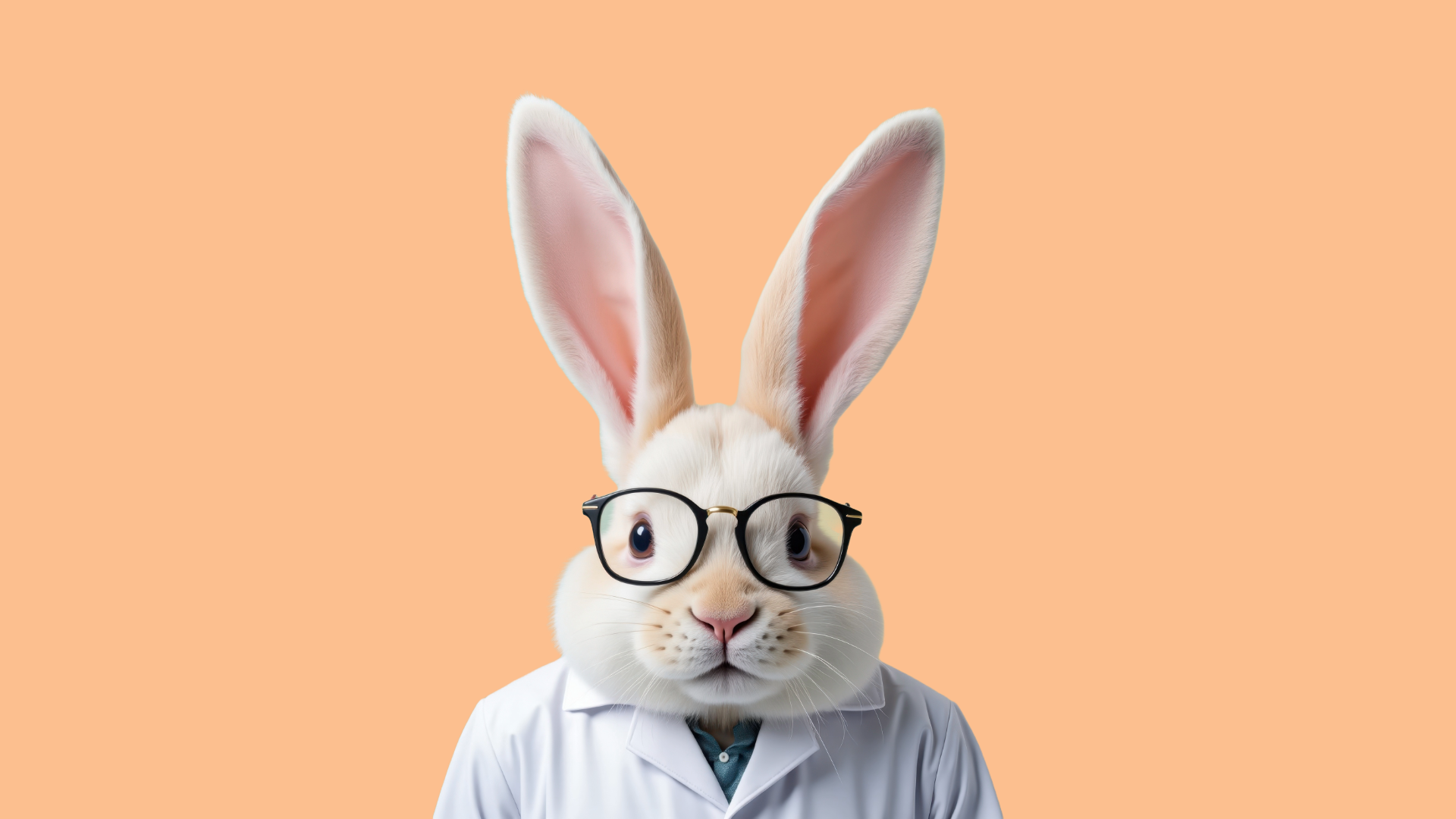
Enzymes are able to break up plastic, opening the way for rapid recycling.
Forward: features are independent pieces written for Mewburn Ellis discussing and celebrating the best of innovation and exploration from the scientific and entrepreneurial worlds.
There are two holy grails in the environmental movement. The first is how to produce low-cost, carbon free energy. And the second is what to do about plastic. Progress on the latter is hard to find.
The scale of the problem is vast. There are six billion tonnes of plastic waste in the world, with around 400 million tonnes of plastic produced each year. Less than 10% is recycled. The rest is incinerated or sent to landfills, where it leaks pollutants into soil and water, and then into the food chain, affecting animal and human health.
What the world needs is a method to break down plastic – a process that can take hundreds or thousands of years via natural processes – and the researchers at Plasticentropy believe they have found just that.
Co-founder Dr Federica Bertocchini made a discovery whilst tending her beehives. ‘My beehives were plagued with waxworms, so I started cleaning them, putting the worms in a plastic bag,’ she recalled. ‘After a while, I noticed lots of holes and we found it wasn't only chewing, it was [chemical breakdown], so that was the beginning of the story.’
Bertocchini is a molecular biologist specialising in the development of vertebrates. Her research helped reveal four enzymes at work in the saliva of the waxworms, also known as Galleria mellonella. The enzymes in the saliva, which she named Demetra, Ceres, Cora and Cibeles, destroy polyethylene within a few hours at room temperature. This knocks around half a millennium off the degradation rate of plastic. It is, to put it mildly, a remarkable discovery, unlocking a totally new way to think about unwanted plastic.
‘Plastic is made up of hundreds of thousands of carbon atoms. It’s a polymer. So the first step of degradation is for oxygen to get into the molecules, usually by light or heat, and break them down into between three and 20 carbon atoms with oxygen. And these molecules can be reused.’ Bacteria or fungi can complete the degradation and reuse process.
Waxworms are the larvae of wax moths (Galleria mellonella). Beekeepers consider the species a pest, known for parasitisation of honeybees and their hives. Originally native to Asia, the waxworm is now distributed globally.
The discovery opens the door for commercial-scale plastic recycling. ‘Our dream is to change the way the world manages plastic waste,’ says Bertocchini. ‘You could start small, with a home-based kit to degrade your own plastic. Or it is possible to go bigger and have plants to handle large amounts of plastic.’ The result could be an end to landfills and oceanic waste, such as the Great Pacific Garbage Patch, a collection of debris twice the size of Texas located between Hawaii and California. The company’s mission is to create a world entirely free of landfill and incinerated plastic.
The enzymes are not in themselves a complete solution, but address the hardest part of the plastic degradation process. The full process involves four steps: biodeterioration, biofragmentation, assimilation and mineralisation. The first two steps are where Plasticentropy is focused.
Once the plastic has been broken down by the enzymes, the molecules can be further degraded by living organisms. This last stage is now the focus of research to find microorganisms able to metabolise plastics and use them as a source of carbon and energy, ultimately turning the long polymers into water and carbon dioxide.
The mechanisms are difficult to identify. Roughly, saliva of the waxworm contains enzymes that are phenol oxidases, which introduce oxygen into the polymer, triggering depolymerisation.
‘This is the intellectual challenge,’ says Bertocchini. ‘We want to understand how the enzymes work. When we know the mechanisms, we may be able to improve the performance.’
The commercial potential
With five billion tonnes of waste plastic in the world, the opportunity to turn research into a company is clear. Enter Nicolas Dubaut, a serial entrepreneur, who launched Plasticentropy in 2022 with Dr Bertocchini. The pair share the same passion for fixing the world’s problem with plastics and bring a knowledge of how to bring scale to the solution. ‘We have different minds with the same goal,’ says Dubaut. ‘We don’t want to solve the issue just in France or Italy.’
His current mood is one of ambition tempered with realism. ‘What we are attempting is difficult,’ he says. ‘We need finance for our research. Our commercial model could be to license our intellectual property or create a franchise scheme. Timeline wise, we are looking at a few years for the first contracts.’
His vision is for bioreactors – great vats filled with water and enzymes, able to degrade plastic on an industrial scale. These do not yet exist. The current focus is on research and promoting awareness of the solution. All of these projects take capital and the company is currently reliant on grant funding.

Dr Federica Bertocchini and Nicolas Dubaut
Dubaut is outspoken about the role oil companies could play in accelerating Plasticentropy’s work, for a sum barely noticeable compared to their profits. ‘Maybe it’s just my French mindset,’ he says, ‘but oil companies worldwide are not really interested in finding solutions. Part of our role is to show politicians that other options exist.’
He’s horrified by current waste management systems. ‘Current methods of recycling plastic require 70–90% virgin plastic,’ says Dubaut. ‘And burning plastic is not a solution. It just produces carbon dioxide.’
Dubaut has worked to protect the company’s intellectual property to ensure Plasticentropy has a working business model that is able to fund a scale-up when the time comes. The first patents were done locally in Spain, but when Dubaut broadened his ambition he turned to Mewburn Ellis. ‘We felt we needed strong protection. We didn’t want to leave anything to chance. Mewburn Ellis was the best choice to protect our future interests.’
The mission
Plasticentropy may be able to change the way we think about plastic. Waxworms offer insights into an environmental challenge the scientific world has long struggled with. Early research focused on bacteria and fungi yet, despite huge amounts of work, breakthroughs were not forthcoming.
What remains now is to answer the scientific questions raised by these efficacious enzymes. How do they work on a molecular level? Why does this function exist in nature? How do the four enzymes work together? And do other enzymes exist, waiting to be discovered?
There are theories as to why waxworms evolved the enzymes. A leading idea is that the saliva breaks down toxic chemicals produced by plants as a defence mechanism, which are closely related to the structure of commercial plastic.
Waxworms are not the only candidates in this field. Two bacteria strains isolated from the gut of the larva Plodia interpunctella (the Indian meal moth) can break down polyethylene in a few weeks. Again, the mechanisms remain subject to research. The advanced performance of the waxworm saliva enzymes suggests the meal moth may have to wait.
The impact of enzymes on plastic waste management could be dramatic. Over a trillion plastic bags are used and discarded each year. In the EU and Switzerland, 38% of these end up in landfill.
Waxworm saliva enzymes suggest these refuse piles can be made obsolete. It’s early days, but the chance to make plastic almost entirely recyclable is now within tantalising reach.
Technically amazing and relevant to the current problems our planet faces
Simon Kiddle, Partner, Patent Attorney and Head of Life Sciences at Mewburn Ellis, comments:
"As patent attorneys, one of the rewarding aspects of our job is to get to see new technologies emerge before the rest of the world gets to hear about them and to understand their potential. Even against the background of working with many talented and smart inventors, there are a few times when a new client comes to us with an invention that is not only technically amazing, but also very much relevant to the current problems that our planet faces. This was one of those times when we first met Federica and Nicolas and hearing about Plasticentropy’s ground breaking technology.”
Written by Charles Orton-Jones
Images provided by Plasticentropy
Simon is a Partner and Patent Attorney at Mewburn Ellis. He also heads up the firm’s Life Sciences practice group and is a member of our management board. Simon has more than 30 years’ experience in original patent drafting, patent strategy European oppositions and appeals, including complex multi-party proceedings, and due diligence work, across the life sciences field for both large and small molecule therapeutics. He has worked on the portfolios covering many top selling biologics and has been at the forefront of patenting in the field of precision medicine and life cycle management for therapeutics.
Email: simon.kiddle@mewburn.com
Sign up to our newsletter: Forward - news, insights and features
Our people
Our IP specialists work at all stage of the IP life cycle and provide strategic advice about patent, trade mark and registered designs, as well as any IP-related disputes and legal and commercial requirements.
Our peopleContact Us
We have an easily-accessible office in central London, as well as a number of regional offices throughout the UK and an office in Munich, Germany. We’d love to hear from you, so please get in touch.
Get in touch


